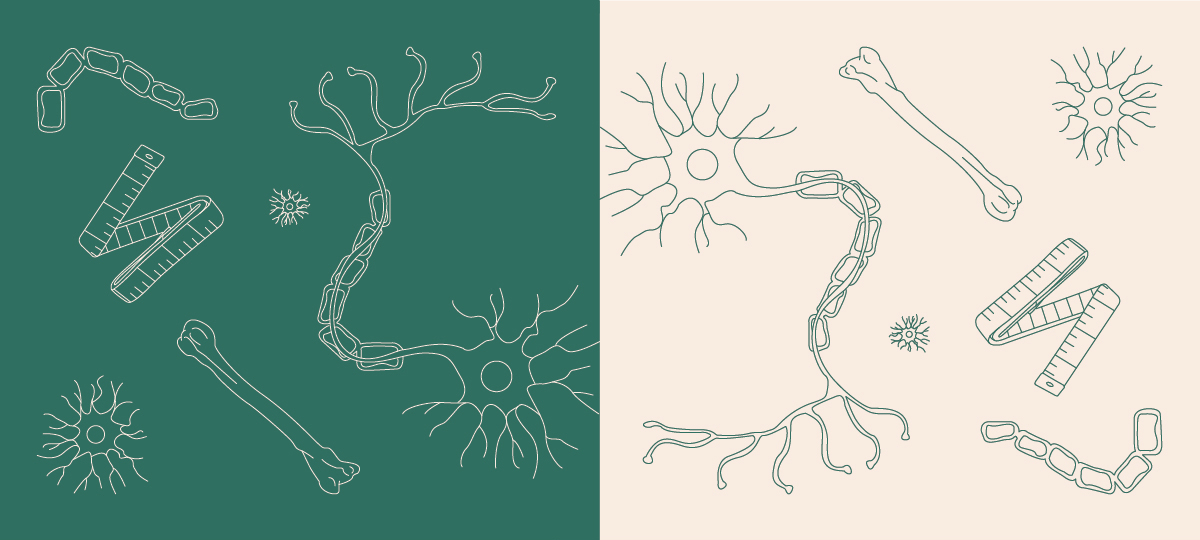What does scraping your knee as a child, surgery to birth your child, and burns have in common?
Scars.
Scar tissue is a collagen-based tissue that develops as a result of the natural inflammatory process. This process is necessary for healing damaged tissue like skin, muscle, tendon, ligament, fascia or nerve. Depending on the level of tissue loss, the body will heal with a first or second intention healing.
First intention; some tissue loss and wound edges are approximated (by the use of staples, stitches, or tape). Only small amount of collagen is produced to repair.
Second intention; extensive tissue loss, or a large surface area is affected. Wound edges can’t be brought together easily, and healing takes longer through extensive re-epithelialization.
When the collagen used to mend the injury matures, it is referred to as scar tissue. The scar is weaker than the tissue it is replacing, however it can still cause restrictive issues of the surrounding soft tissues.
The most common types of scar tissue are;
Contracture: shortening of connective tissue supporting structures over or around a joint. These structures include muscles, tendons and joint capsules. A Contracture muscle can’t fully lengthen, and results in decreased range of motion (ROM).
Adhesion: occurs when reduced range of motion at a joint allows cross-links to form among the collagen fibres, further reducing ROM. This happens often when tissue is left in a shortened position for prolonged periods of time, think posture or an immobilized limb (like an arm in a sling and cast).
Scar tissue adhesion: happens with an injury or acute inflammatory process. Collagen fibre formation during the tissue repair process allows adhesions and contractures to form in a random pattern. This can affect most soft tissues, and can form within the joint. These effects can be reduced with fascial techniques, cross-fibre frictions, joint-play techniques and stretching.
Keloid: dermal scar that extends beyond the boundaries of the original wound, in a tumor-like growth. Keloid scars seem to result from an imbalance between collagen synthesis and collagen breakdown within the wound. They don’t respond well to surgical excision and they frequently recur. Steroids are the more common method of treatment, and more effective.
Massage therapy techniques can be beneficial to decrease edema (swelling), and are important. Since collagen fibres form in edema, removal of this excess extracellular fluid can reduce the amount and softens scar tissue that develops. Massage can also desensitize hypersensitive scars. Because of how invasive they can be, sometimes people can have a psychological barrier to recovery, especially when it comes to touching them in general. The subconscious guarding can even eventually cause palpable postural imbalances.
For self-care, techniques can be applied up to 6 times per day as the scar is remodelling and maturing, but application is capped at 15 minutes at one time.
Wait for this weekends video of self-massage on a 27 year old appendectomy scar!

Article Sources
Subscribe to our newsletter!
The medical information on this site is provided as an information resource only, and is not to be used or substituted for any diagnostic or treatment purposes. The information we provide is for general use. Always seek the guidance of your doctor or other qualified health professional before making any medical decisions.
If you think you may have a medical emergency, call your doctor, go to the nearest hospital emergency department, or call the emergency services immediately. If you choose to rely on any information provided by The Honesty Policy, you do so solely at your own risk.
